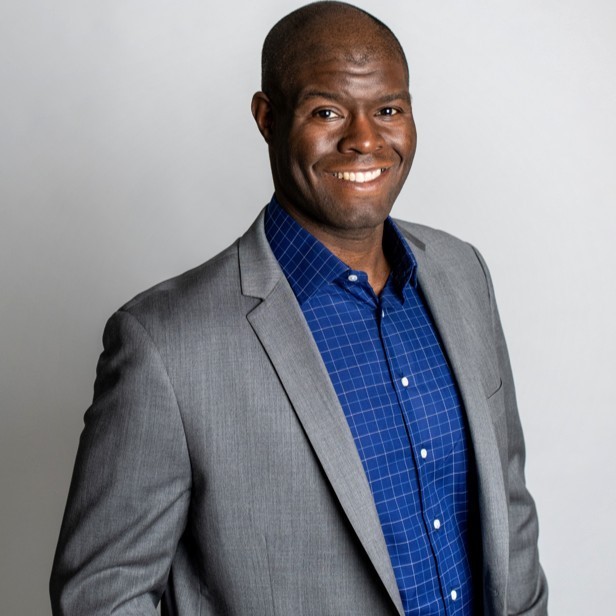It’s a big year for the implementation of certain SECURE 2.0 provisions. While many of the items are optional, it represents an excellent opportunity to explain what they mean and their potential impact.
“There are two that are the big standouts,” Kevin Gaston said when asked about the provisions that excite him. “We’ve got a pretty large sales force, and they talk to a lot of advisors. There’s a lot of commotion around SIMPLE plans that can now be switched to 401(k)s, especially given that that was such a restrictive act for so long, and it had to be done by 12/31. You were stuck for another year if you outgrew your plan but forgot to get the notice out by the deadline.”
Gaston, Vestwell’s Director of Plan Design Consulting, also mentioned the student loan matching provision, in which employers can make matching contributions for certain student loan payments in 401(k)s, 403(b)s, 457s, and SIMPLE IRAs.
Yet it’s the treatment of long-term, part-time employees (LTPTE) for the purpose of retirement plan eligibility, a provision from 2019’s SECURE Act, that worries him. SECURE 2.0’s predecessor dramatically changed the eligibility requirements for 401(k) plans, and guidance was not released until late November.
Historically, 401(k) plans were allowed to require employees to perform 1,000 hours of service in a 12-month period before being eligible to participate in the plan. After passing the SECURE Act, with certain exceptions, employees can no longer be prevented from making 401(k) salary deferrals if they worked at least 500 hours for an employer for three consecutive years.
“According to Caesar, ‘The die is cast,’” Gaston said. “People don’t realize that the LTPTEs that are already eligible to participate this year happened on Jan. 1. Many people started a solo 401(k) with their advisor, and they thought it was a solo because they had nothing but part-time workers. An employee who becomes eligible breaks the solo; the sponsor will have to file a 5500, get an ERISA bond, all of the things that come with an actual 401(k) plan, even if that person never enrolls in the plan. Advisors need to get out there and tell those folks that.”
Even more worrisome is the fact that recordkeepers, in general, are only somewhat prepared for these provisions. While he believes they’re ready for the mandatory provisions, they’re not (at least as much) for those that are optional.
“It really comes down to the sauce. How many optional features do you have the flexibility, platform, and technology to bring on, and how soon? How fast can you partner with payroll providers to ensure they can get the right things done? Everyone will be okay with the mandatory provisions because if you don’t do that, the plan is not in compliance. But most people forget most of this is optional.”
When asked about what still needs to be done and what, if anything, was left out of SECURE 1.0 and 2.0, his answer was blunt.
“All existing plans,” he deadpanned. “We’ve been out there banging the drum about auto-enrollment and auto-escalation. That’s obviously super important, but that only affects plans that started after the act’s enactment. I’ve seen some PEPs advertising, 'If you join our PEP that started before SECURE 2.0, you don’t have to auto-enroll.' As someone who thinks we are here to help close the savings gap, auto-enrollment and auto-escalation need to be there.”
Gaston believes both iterations of SECURE will impact retirement plan coverage rates but also credits state-sponsored plans, which is unsurprising given Vestwell’s presence in the space.
“Every state in which we have seen a mandate come into play, we’ve seen our business and retirement plans go up substantially," he concluded. "It’s not because they’re avoiding the state mandate. It’s because someone finally got them off the couch [to do something about offering a plan]. And the tax credits certainly help a lot more businesses who were reticent to start earlier. So, I think it’s a mixture of SECURE 1.0, SECURE 2.0, state mandates, and the fact that this is pretty bipartisan."
- Log in to post comments
